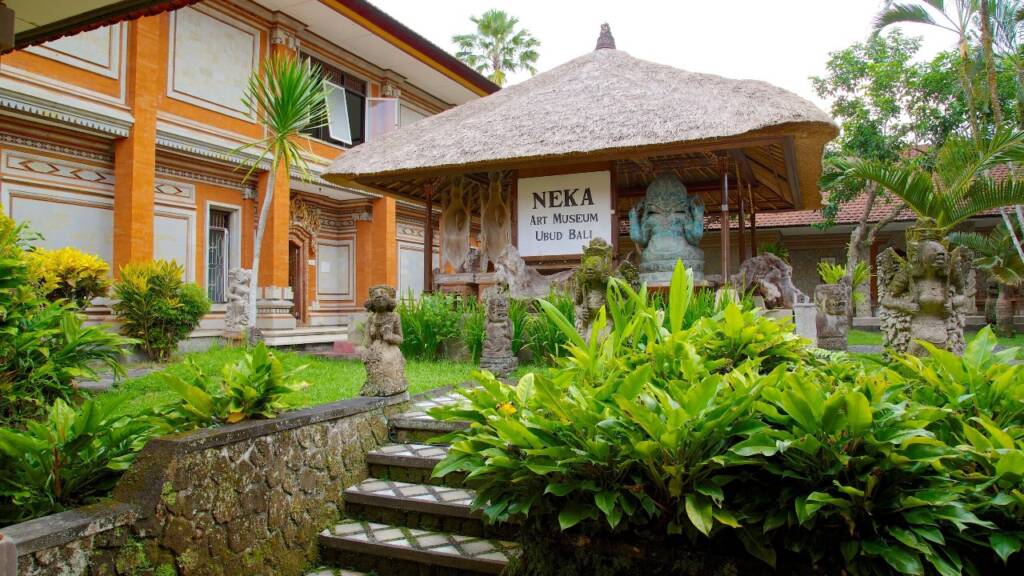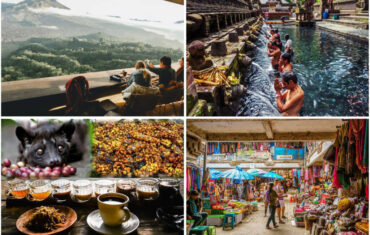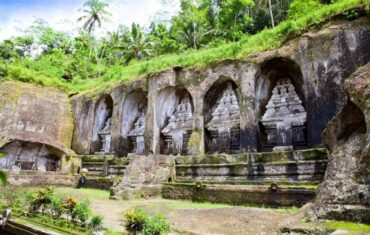Neka Art Museum
Neka Art Museum: Explore Balinese & Indonesian Art in Ubud
The name of Neka Art Museum is a key to unlocking one of Bali’s most profound cultural experiences. Journey into the soul of Balinese creativity at the Neka Art Museum, nestled in Ubud’s lush, serene landscape. To understand the deep connection between art, spirituality, and also life in Bali, a visit to Neka Art Museum is essential. Our guide offers a virtual tour of the museum’s history and collections, a cornerstone of Bali’s artistic legacy. Chech here for their official website.
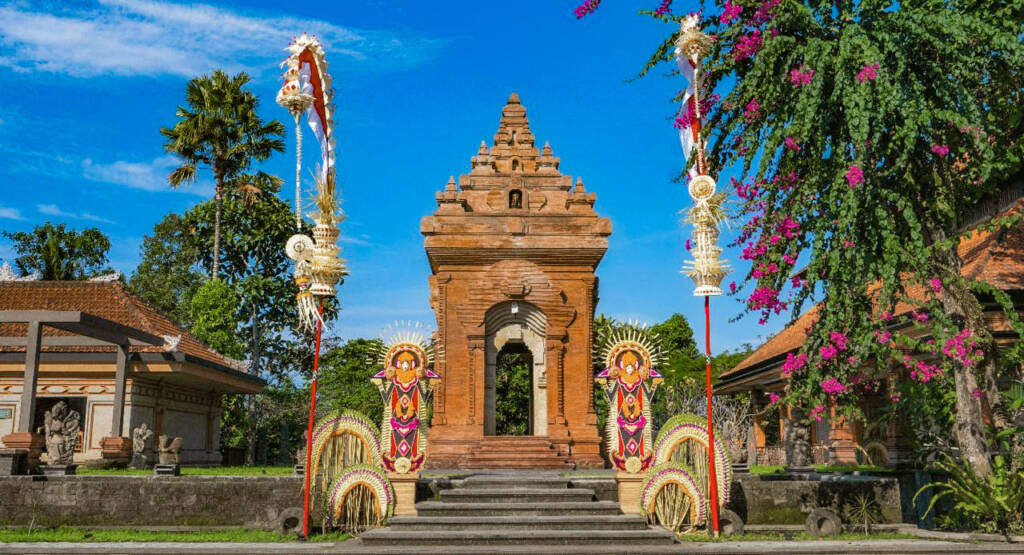
The Visionary Behind the Museum: A Legacy of Preservation
Generally, every great institution has a founder with a grand vision. For the Neka Art Museum, that visionary was Wayan Suteja Neka. An Ubud native, teacher, and passionate art lover, Neka was a third-generation descendant of the Pande clan of smiths. He wanted to document and preserve the flourishing art movement, not just build a museum. The burgeoning tourism industry of the 1960s and 70s brought new influences and also new markets for Balinese art, and Neka, alongside his friend, the influential Dutch painter Rudolf Bonnet, recognized the importance of safeguarding the island’s artistic heritage.
Driven by a shared vision, they traveled to Europe, solidifying Neka’s resolve to create a Bali art museum. He envisioned a place chronicling the island’s artistic evolution, from ancient traditions to modern expressions. The museum was born from this dream. Officially opened on July 7, 1982, the Neka Art Museum quickly became a beacon for artists and art enthusiasts alike.
Neka’s dedication to his mission has been recognized with numerous accolades, including the Dharma Kusuma art award from the province of Bali and the prestigious Piagam Hadiah Seni from the Republic of Indonesia. He tirelessly preserved countless masterpieces, elevating the status of Balinese art on the international stage through his efforts.
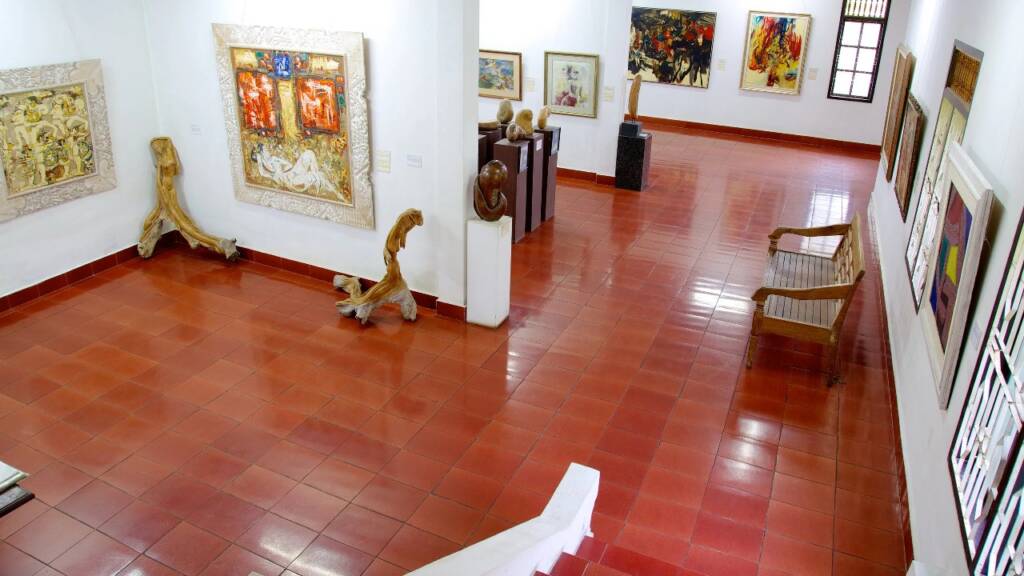
A Living Canvas: The Museum’s Unique Balinese Architecture and Setting
One of the first things visitors notice about the Neka Art Museum is that it’s more than a building; it’s an experience. Spread across a tranquil, one-hectare compound, the museum is laid out in the traditional style of a Balinese family complex. As you walk through the grounds, you are not just moving between galleries but also through lush, meticulously maintained gardens. Gentle sounds of water and tropical birds create a serene atmosphere, the perfect backdrop for appreciating art.
Each of the museum’s pavilions is a destination in itself, designed to house specific collections. This thematic approach guides visitors on a logical and insightful journey through the history of art in Bali. The architecture itself is a work of art, blending traditional Balinese elements with the practical needs of a modern exhibition space. This harmony between nature, architecture, and art is a defining characteristic of the museum and also an experience that sets it apart from more conventional art galleries. The use of natural materials, open-air walkways, and stunning garden views ensures that every moment of your visit is a feast for the senses.
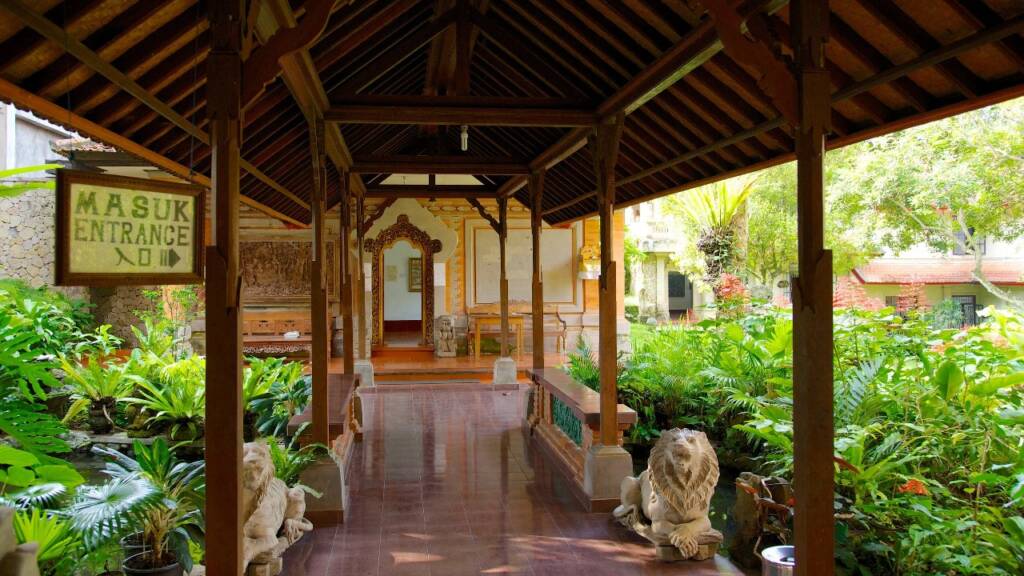
Unveiling the Masterpieces: A Deep Dive into the Neka Art Museum Collection
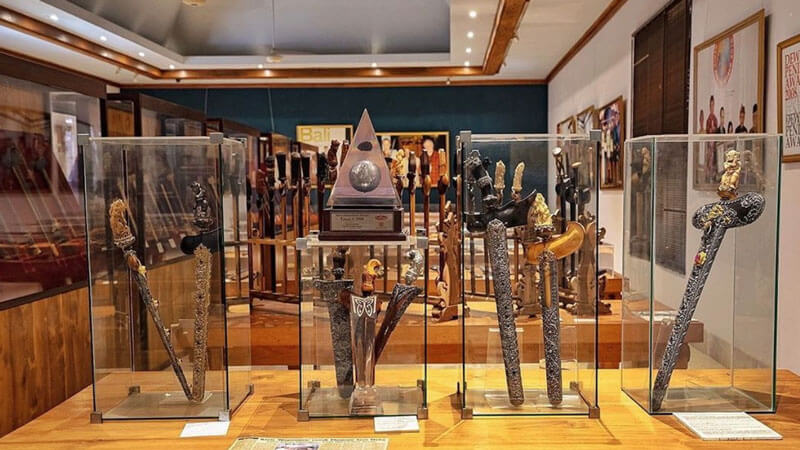
The collections at the Neka Art Museum are breathtakingly diverse, representing the full spectrum of Indonesian art, from classical Balinese traditions to contemporary works. The museum’s curatorial approach is both historical and thematic, providing a comprehensive education for visitors.
The Balinese Painting Hall: From Tradition to Modernity
This is where the story of Balinese painting truly begins. The Balinese Painting Hall is a multi-room pavilion that showcases the island’s artistic evolution. Here, you’ll encounter the classical wayang-style paintings from the Kamasan tradition. These intricate works depict scenes from the Ramayana and Mahabharata, showcasing a heritage dating back to the 17th century. The details are mesmerizing, and also the stories they tell are fundamental to Balinese culture.
Moving through the hall, you can witness the dramatic shift that occurred in the 1920s and 30s with the arrival of European artists. German artist Walter Spies and Dutch painter Rudolf Bonnet transformed the local art scene with new techniques. This fusion of Western and Balinese styles gave birth to the renowned Ubud-style and also Batuan-style paintings, which are richly represented in the collection.
The Arie Smit Pavilion: A Colorful Revolution
Then the Arie Smit Pavilion is a tribute to the Dutch-born Indonesian painter who profoundly influenced a generation of Balinese artists. Arie Smit is credited with founding the “Young Artists Movement” in the 1960s, a school that encouraged local painters to use bright, expressive colors to depict everyday Balinese life. The pavilion showcases Arie Smit’s vibrant, naive paintings and also works by the young artists he mentored. This collection celebrates a pivotal moment in modern Balinese art, where tradition and innovation colorfully collide.
The Lempad Pavilion: The Master’s Legacy
No discussion of Balinese art is complete without mentioning the legendary I Gusti Nyoman Lempad. A master architect, sculptor, and also painter, Lempad’s work is celebrated in a dedicated pavilion. His fluid drawings and paintings elegantly depict Balinese legends and rural village life with unmatched expressive power. The Neka Art Museum’s collection of Lempad’s work is curated by Walter Spies himself, making it a truly remarkable and also historically significant exhibit. The pavilion intimately reveals a genius who bridged tradition with a personal, modern aesthetic.
The Keris Pavilion: A Deeper Connection to Balinese Heritage
Beyond paintings and sculptures, the Neka Art Museum also houses a truly unique and personal collection: the founder’s traditional keris collection. The keris is a sacred dagger, a symbol of honor, power, and heritage imbued with spiritual significance. As a descendant of the Pande clan, Wayan Suteja Neka’s interest in the keris is deeply personal.
The museum’s keris collection features approximately 272 daggers, including heirloom pieces gifted by royal houses and master smiths. Each keris is a work of art, with intricate carvings, decorative patterns, and historical significance. The pavilion provides fascinating context on the spiritual and cultural importance of these objects, revealing how they are interwoven with the fabric of Balinese life, from rituals to ceremonial attire. This is a rare and insightful glimpse into a lesser-known but crucial aspect of Balinese culture.
Additional Collections: From Photography to International Art
Generally, the museum’s breadth extends to other art forms as well. The third building houses a photographic exhibit, featuring black-and-white archives from the 1930s by Robert Koke, one of the earliest American expatriates in Bali. These historical photos offer a window into a bygone era, capturing the island’s timeless beauty and also cultural practices.
Another highlight is the East-West Art Annexe, which features works by acclaimed Indonesian and international artists. Here, you’ll find masterpieces by renowned Indonesian artists like Affandi and Srihadi Soedarsono, as well as works by Western artists who found their muse in Bali, such as Antonio Blanco and Rudolf Bonnet. This collection beautifully illustrates the cross-cultural dialogue that has shaped the modern art scene in Bali.
Planning Your Visit: Practical Information and Experience
The Neka Art Museum is conveniently located on Jalan Raya Sanggingan in Kedewatan, just a short drive from the center of Ubud. The museum is open daily from 9:00 am to 5:00 pm, with the last entry at 4:30 pm. Admission fees are reasonable, making this a highly accessible Ubud tourist attraction for all types of travelers.
For those who want to enhance their experience, the museum offers several amenities. There is a well-stocked bookstore and a gift shop, where you can find high-quality reproductions and art-related merchandise. The Drupadi Café provides a relaxing spot to enjoy refreshments amidst the beautiful gardens. Free Wi-Fi and audio guides are also available, ensuring a comfortable and informative visit. This spacious museum takes two hours to visit, but art lovers could spend a full afternoon here.
Why the Neka Art Museum is a Must-Visit
The Neka Art Museum preserves Bali’s authentic culture, offering a sanctuary for art, history, and education. It’s more than a collection of beautiful objects; it is a meticulously curated narrative of an island’s creative journey. A visit here provides a profound understanding of why Bali has long been a magnet for artists and thinkers from around the globe.
By exploring the various pavilions, you’ll witness firsthand how Balinese art has evolved while remaining deeply rooted in its traditions. You’ll see the influence of foreign artists, the birth of new movements, and the enduring power of local masters. The museum’s serene setting, combined with its extraordinary collections, makes it a tranquil and enriching escape from the hustle and bustle of modern life.
In conclusion, whether you are an art historian, a casual traveler, or simply someone looking to connect with the heart of Bali’s culture, the Neka Art Museum is an unmissable destination. It is a testament to the power of art to tell a story, preserve a history, and inspire future generations. Wayan Suteja Neka’s vision lives on. Through his museum, he continues to unveil the vibrant, living canvas of Bali for the world to see.
Additionally, Please check on our services:

